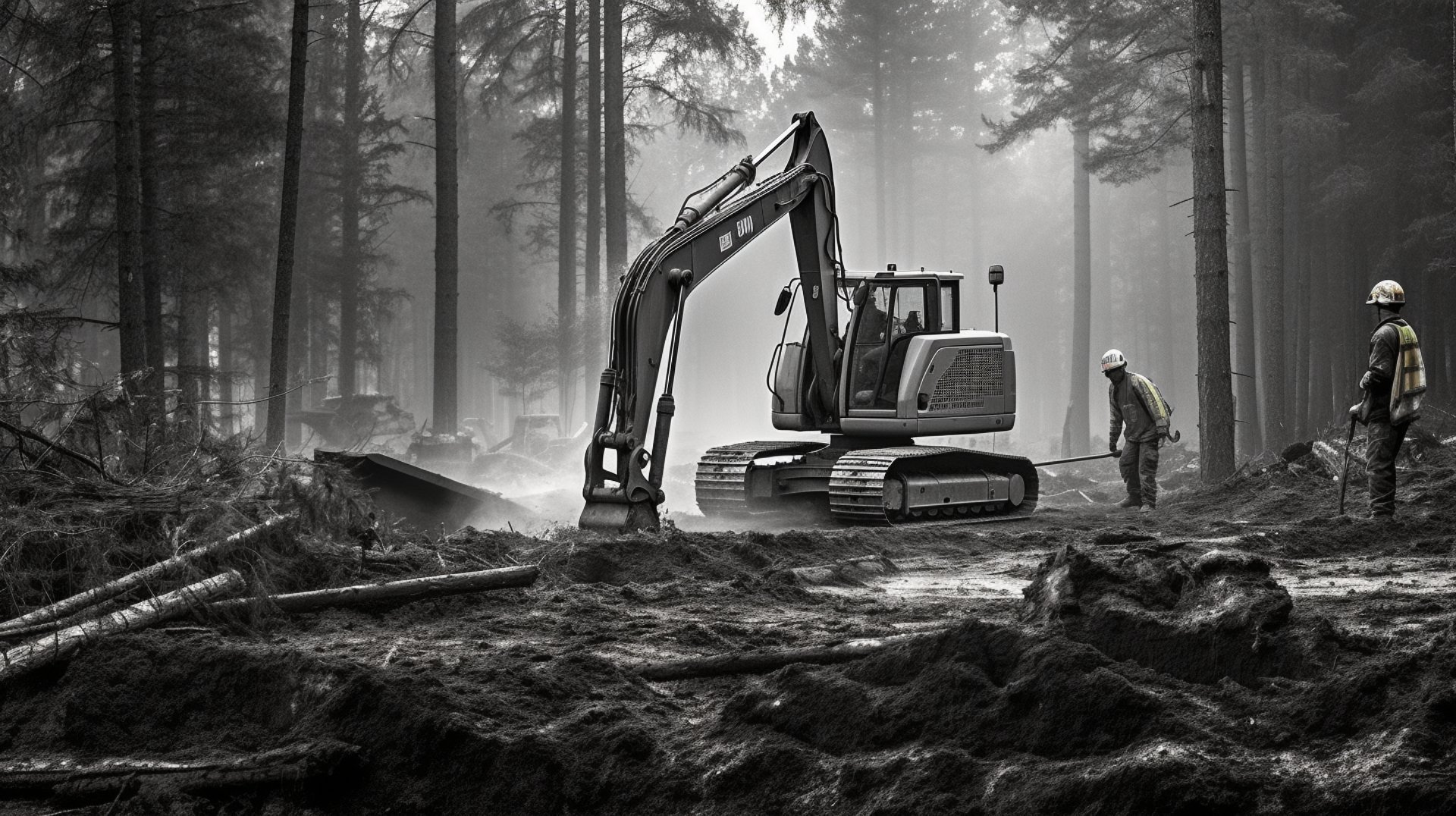Introduction:
Land clearing stands as a pivotal process in paving the way for various development projects, from residential homes to commercial infrastructure. It involves removing trees, shrubs, and other natural obstacles to prepare a site for construction or agricultural use. However, it's not just about clearing land; it's about doing so responsibly and efficiently. In this introductory guide, we'll explore the essentials of land clearing, its methods, and its applications, emphasizing the need for effectiveness and environmental consciousness.
Definition and Importance:
Land clearing is the process of removing trees, stumps, brush, stones, and other obstacles from an area to make it suitable for construction or agricultural purposes. It's a crucial step in preparing land for new developments, be it for building homes, roads, or farming land. The importance of land clearing lies in its ability to transform unusable or overgrown land into productive and valuable space.
Basic Methods of Land Clearing:
Manual Clearing: This is done with hand tools like axes, hoes, and saws. It's labor-intensive and typically used for smaller or more delicate areas where heavy machinery isn't feasible.
Mechanical Clearing: Involves heavy machinery like bulldozers, excavators, and tree shears. This method is fast and efficient, suitable for large-scale projects.
Chemical Clearing: Uses specific herbicides to kill unwanted vegetation. While effective, it requires careful handling and adherence to environmental regulations.
Common Uses in Construction and Agriculture:
Construction: Preparing land for residential, commercial, or industrial projects.
Agriculture: Clearing land for farming, creating pastures, or setting up irrigation systems.
Infrastructure: Building roads, bridges, and public facilities.
Essential Steps for Effective Land Clearing:
Planning: Conduct a thorough survey of the land, considering factors like topography, soil type, and existing vegetation.
Permit Acquisition: Ensure compliance with local regulations and obtain necessary permits.
Method Selection: Choose the most suitable clearing method based on the land's characteristics and project requirements.
Execution: Carry out the clearing process, maintaining safety standards and environmental considerations.
Disposal: Properly dispose of or recycle cleared materials, such as turning wood into mulch.
Considerations for Eco-Friendly Clearing:
Adopting eco-friendly practices in land clearing is not only beneficial for the environment but also often leads to more sustainable and cost-effective outcomes. Consider techniques like selective clearing to preserve biodiversity, using low-impact machinery to reduce soil compaction, and repurposing cleared materials to minimize waste.
Conclusion:
Land clearing is more than just removing obstacles; it's about preparing a foundation for future growth and development. By understanding its basics, methods, and applications, and by implementing eco-conscious practices, we ensure that our progress today doesn't compromise our tomorrow. Whether it's a small residential project or a large-scale agricultural endeavor, effective land clearing is the first step towards transforming visions into reality.



